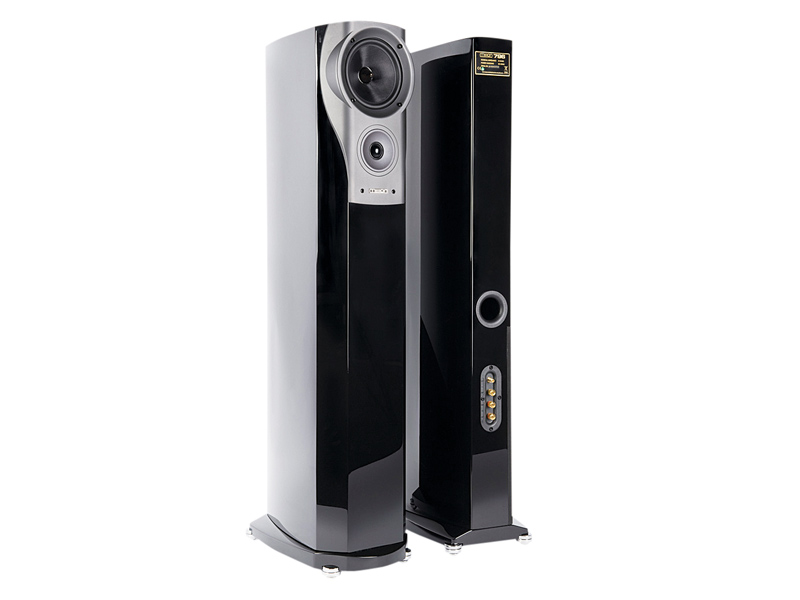TechRadar Verdict
The hallmark of this speaker's design is that it's relaxed, easy on the ear and rather sophisticated. All-in-all, the 796 has a moderately wide bandwidth, though it is not an especially muscular performer
Pros
- +
Clean, open and detailed
- +
Smooth, relaxed loudspeaker does exactly what it says on the tin
Cons
- -
The high sensitivity rating is on the optimistic side
- -
There's only moderate power handling
- -
It complains if pushed too hard Dynamically
- -
It is not as forceful as some
Why you can trust TechRadar
The Mission 796 has all the hallmarks of a Mission: the sleek, narrow-fronted enclosure, the smooth, gentle curves, even the inverted tweeter mid/bass unit, which has long been Missions' preference and enables the shorter enclosure.
Mission may be a closed book to some, however – there has been a dearth of new models since the takeover by the chinese-controlled IAG group some years ago. But long before that Mission was a celebrated name (remember the 770?) and IAG took its time before it launched the new 79 series, which is its most upmarket available apart from the Pilastro.
The 796 is a senior sibling of the 760. They both feature similar technology. They use the same 25mm tweeter, for example, a soft dome unit in a cast aluminium chassis with a rare earth magnet and a stiff, but light impregnated textile dome.
The 200mm bass driver cone is made from polymer-reinforced aramid fibre – a derivative of Nomex, which is extremely light and well damped. This lightness translates into the ability to respond quickly to electrical signals.
There is a third driver, too a side-firing midbass/midrange unit. it's your choice whether they face inwards or outwards, but in most rooms, facing inwards should give a more accurate and consistent midbass, though in narrow rooms the alternative outwardsfacing layout will usually give a fuller balance.
The enclosure is the most impressive part of the package. Apart from the obvious aesthetic virtues, the curved sides and top panel make for a usefully asymmetrical internal shape to discourage resonances. The structure also uses three densities of particle board, including multi-layer ply for the main walls, again as a resonance control measure.
Sound quality
The balance of the 796 is not completely neutral, to some extent echoing the results that reviewer Paul Messenger found with the much smaller 790. The upper midband prominence of that speaker is less obvious here and there is much less of a 'shouty' balance, which we were able to establish thanks to a pair of 790s that were available for a side-by-side comparison.
But if it is not obviously coloured, the 796 is still perceptibly lean in balance and the overall effect is not as muscular as some. Nevertheless, despite the marginal loss of scale and authority, the 796 is a thoroughly enjoyable loudspeaker.
With an appropriate orientation, that is inwards-or outwards-facing side-firing drive units according to the shape of the listening room and with space behind the speaker for the reflex port to breathe, the Mission's transparency and its clean, detailed and agile quality shines through. This is a sophisticated design, that works well with a wide variety of music types, though more so for medium and small-scale music than large scale symphonic or other heavy-duty material.
The treble is detailed and free of obvious in-band resonances and the tweeter works better than many soft dome units. As a whole, the 796 is coherent and generally manages to generate open, three-dimensional and consistent imagery. The only point we would take issue with is sensitivity, which is lower than the 90dB specification suggests.
The 796 is unusually well turned out, too. Apart from the enclosures, which are coated in seven layers of lacquer and rubbed down after each application, the speaker also boasts some fine detailing in the design of the plinth. Add the smooth, fluid shape, and you have an unusually elegant solution to getting good sound in the home.
Follow TechRadar reviews on Twitter: http://twitter.com/techradarreview
